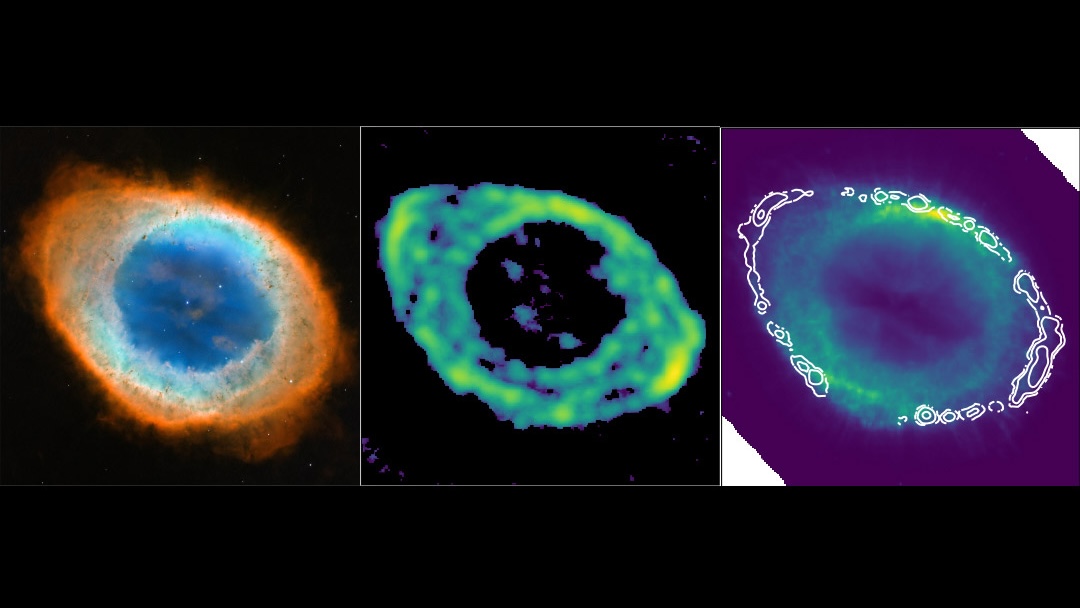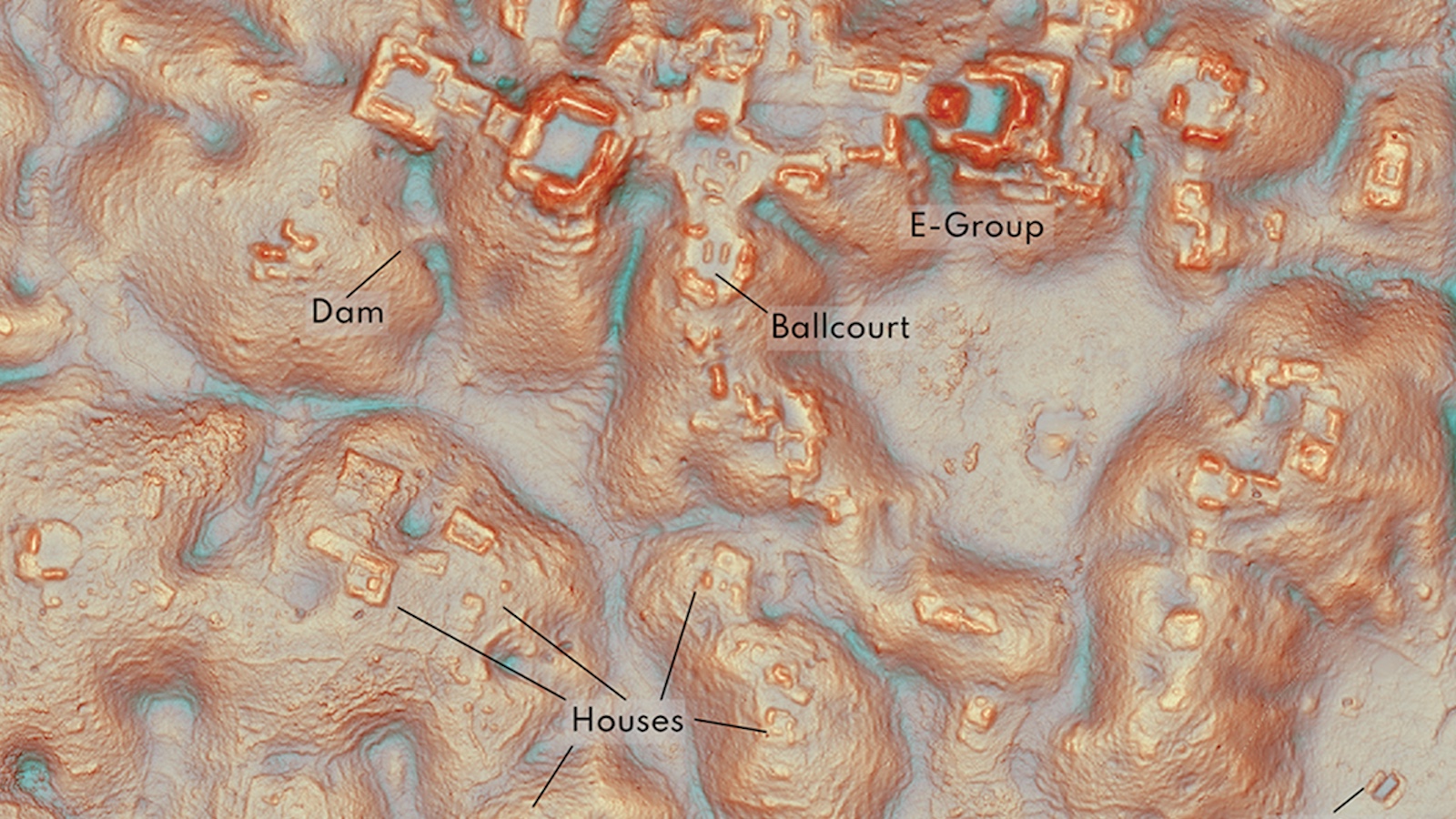Evolution Isn’t a One-Way Street

It is in our nature to fit nature to us. Other species do it too. The underappreciated effects illustrate how evolution entails inheriting more than genes.
1. Evolution’s gene-centric school, once claimed, “Adaptation is always asymmetrical; organisms adapt to their environment, never vice versa.” That’s wrong.
2. Richard Dawkins’ “extended phenotype” view says a “beaver’s dam [is] just as much an expression of beaver genes” as its tail. But that’s not the whole tale.
3. E. O. Wilson’s “gene-culture coevolution” view better incorporates known nongenetically transmitted factors (which can exert selective pressures on genes, and their vehicles/bodies).
4. For example, intelligently created tools have altered our genes for millions of years. Social rules and artificial selection have shaped us for ~ 250,000 years. Even recent practices can change genes, e.g., dairy farming = adult lactose-tolerance genes have spread (varyingly, Swedes = 98 percent, Chinese = 7 percent).
5. Beyond humans, Galapagos finch beaks have adapted for proto-cultural tools (cactus spikes = grub extractors).
6. Niche Construction (“the neglected process in evolution”) adds a third inheritance process — persisting ecological engineering: inheriting environments modified by ancestors.
7. Niche here means an entire way of life. Derek Bickerton defines three elements: habitat, nourishment, and behaviors, and says, “Changes in behavior trigger changes in genes at least as often” as vice versa. Evolution’s fitting isn’t one-way. It entails complex feedback.
8. “Hundreds of examples of animal niche construction” are known, each adding “directednessto … evolutionary process.”
9. Niche construction needs neither culture nor much intelligence: Earthworms overcome “bad structural adaptation” by using it. Originally water-worms, they retain some ancient traits by modifying soil to mimic ancestral aquatic conditions.
10. Darwin said natural selection was “not the exclusive means of modification” in evolution. Ignoring modifications arising from gene-culture coevolution or niche construction is unnaturally selective.
11. Evolution isn’t as gene-centric as commonly believed. It isn’t all ruthless competition. And it’s not all random mutations (“intelligently designed” elements can be involved).
Many creatures are coactive partners in their dance with destiny. But none (likely) have our foresight. We can foresee the logic and limits of our survival vehicles. Let’s not ignore them.
Illustration by Julia Suits, The New Yorker Cartoonist & author of The Extraordinary Catalog of Peculiar Inventions.





